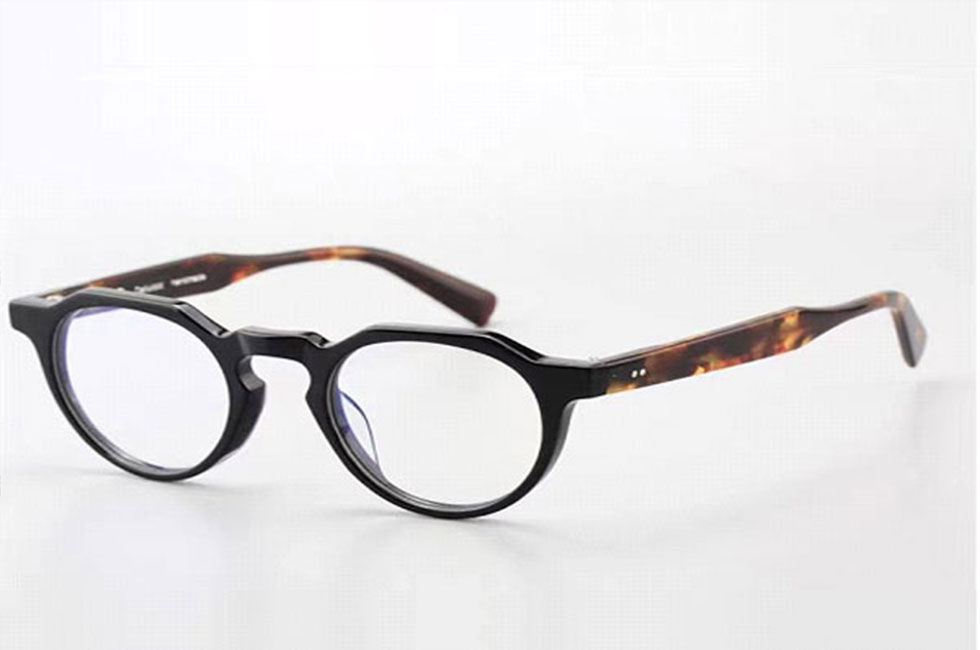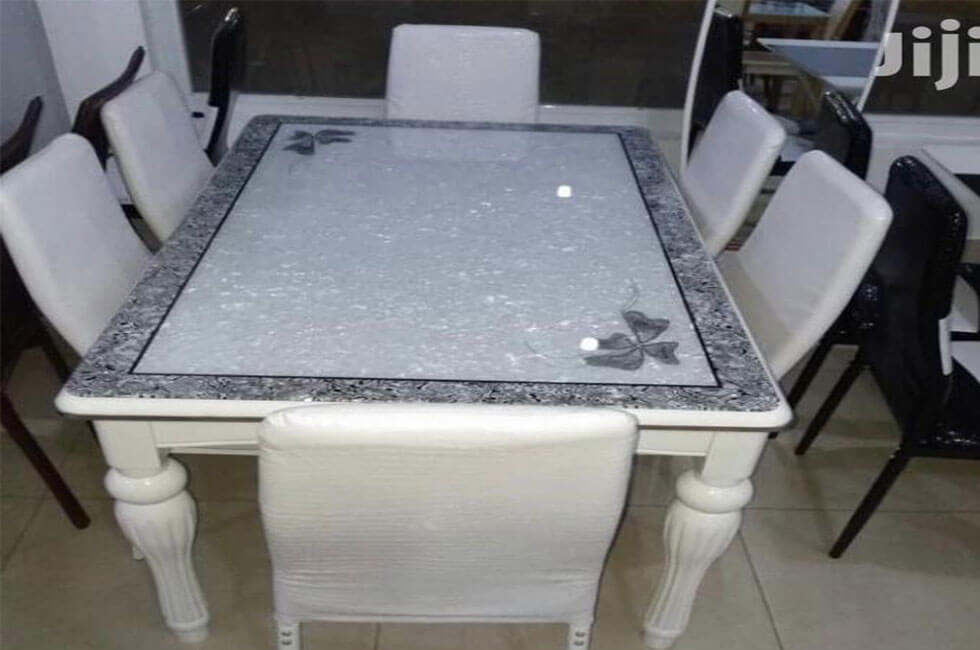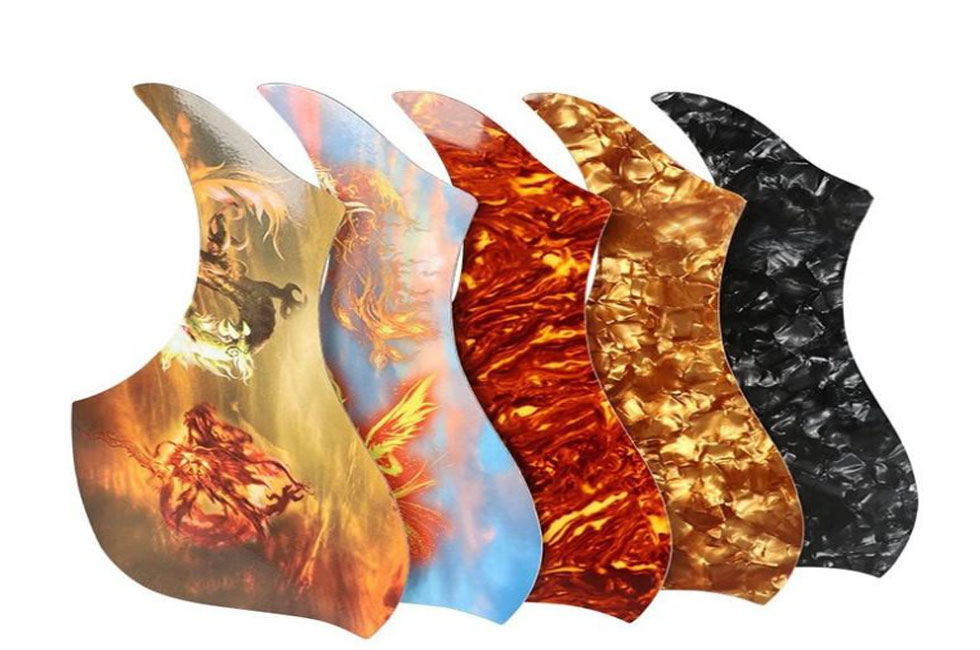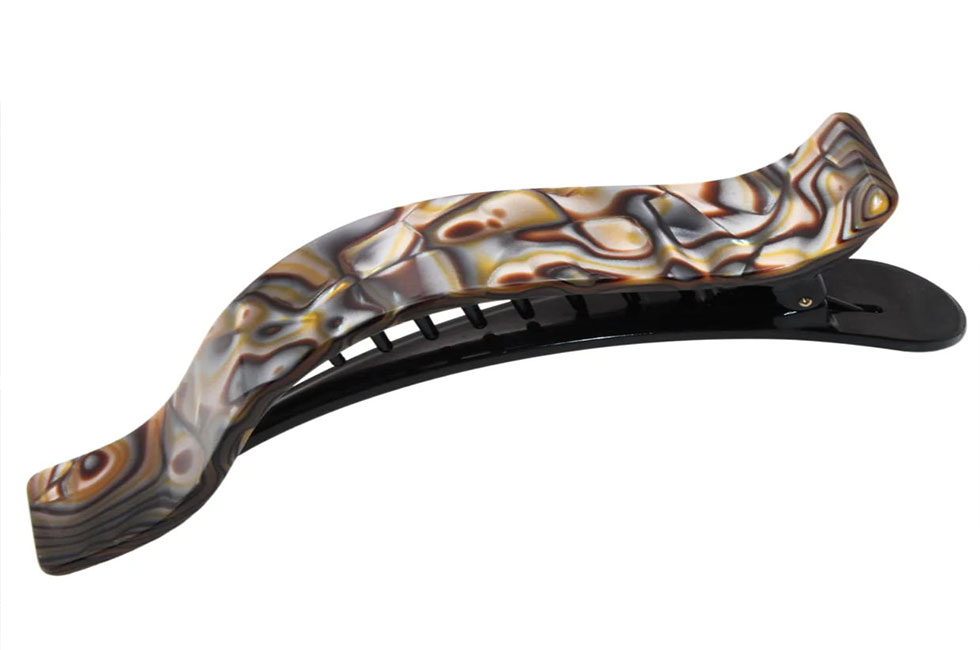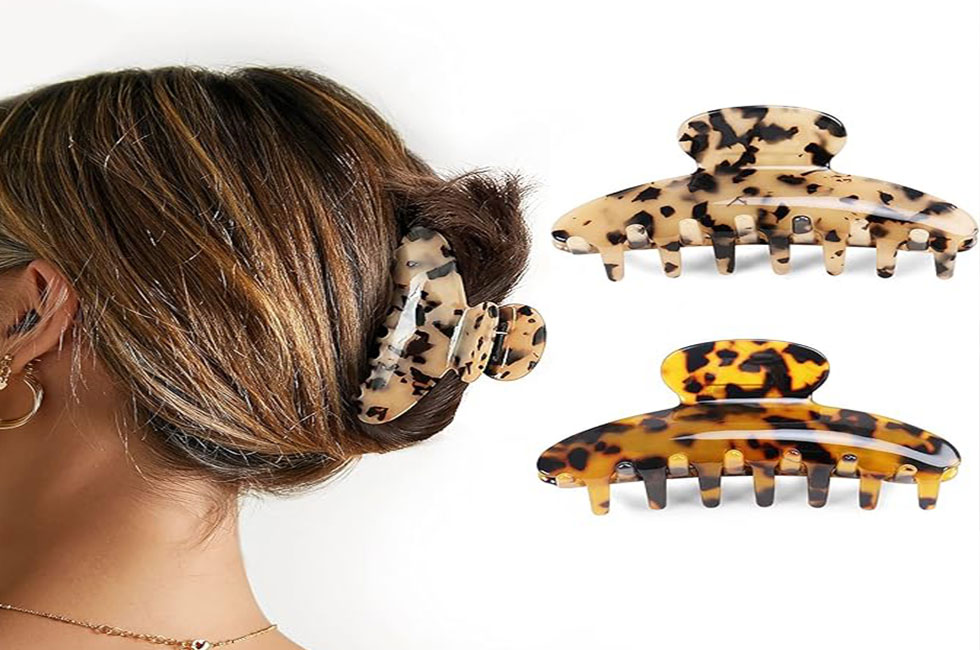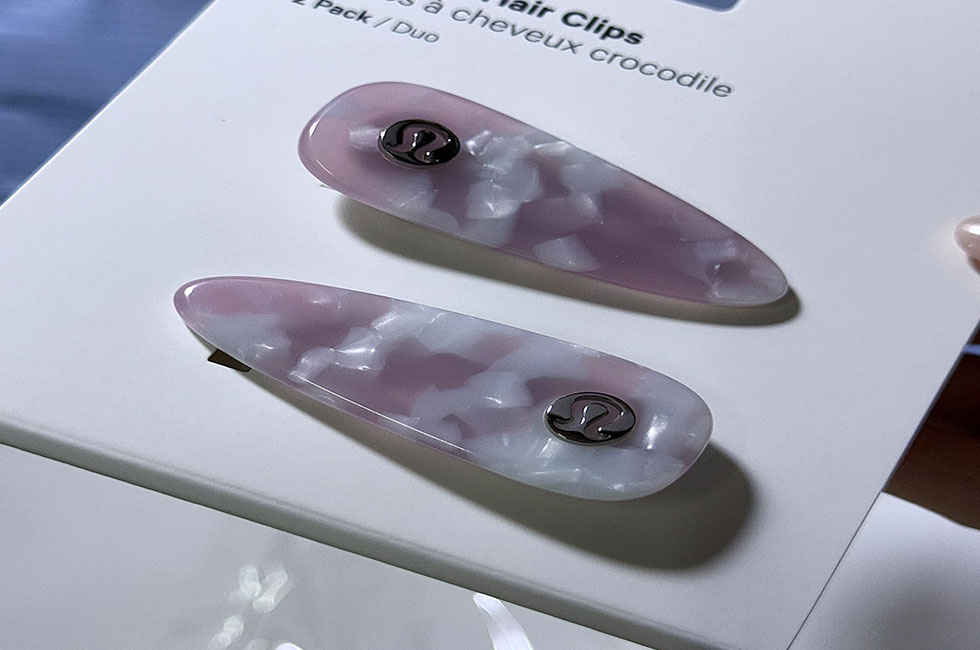Celluloid Glasses Frames: Why Do Veteran Craftsmen Call Them “Breathing Materials”?
Mr. Zhou has worn glasses for twenty years, and his frames fill a drawer. Metal frames leave a permanent red mark on his nose bridge, and plastic frames become warped like a broken twig after just three months. It wasn’t until last year, when he switched to celluloid frames, that he touched his nose and exclaimed, “I never knew glasses could be so light they felt like they weren’t even wearing them.” Why do experienced spectacles seldom avoid celluloid when choosing frames? This knowledge reflects thirty years of experience in selecting materials, as well as the skills learned by countless spectacles wearers. 1. Perfect Lightness: A Gentle Approach to Nose Bridges
In his eyewear workshop, Master Wang always asks customers to weigh two pieces of frame material of equal size: “Metal feels heavy in the hand, and ordinary TR90 plastic feels light and bulky. The weight of celluloid is like resting a ginkgo leaf on the bridge of your nose.” He measured it with a vernier caliper and found that a 0.8mm thick celluloid sheet is 40% lighter than the same-sized metal, yet possesses a greater “stability” than plastic.
The key to this is the inherent properties of the material. Celluloid’s molecular structure contains tiny pores, which reduce weight while maintaining sufficient stiffness. Glasses wearers understand this benefit best: students taking a nap without leaving marks from the frames pressing against their faces; office workers staring at computers all day without the irritation and swelling of their noses that comes with metal frames. A programmer said, “I used to wear metal frames, and I couldn’t help but take them off in the afternoon to rub my nose. After switching to celluloid, I often only remember I’m wearing glasses after work.”
Second, the textures reflect time, a resonance between designers and wearers.
“Plastic frames have the color of printer paper, metal frames only have a cold glow, and celluloid can create textures that tell a story.” Designer Xiaolin’s studio walls are covered with dozens of celluloid samples: The tortoiseshell-like texture reveals alternating shades of “growth lines,” a gradient blue that looks like the dawn sky woven into the frame, and even a vintage red that reveals orange or purple hues under different lighting conditions.
This is thanks to celluloid’s unique dyeing process. Experienced artisans slowly soak the frame with natural dyes, taking at least seven days and up to half a month for the color to penetrate deeply into the material, unlike plastic frames, which only stain the surface. Wearers understand this meticulous approach best: some choose wood-grain patterns to match Chinese shirts, while others opt for ocean blue to complement their workday outfits. “The frames have become part of the outfit, not just a necessary accessory.” Even more remarkable is its light-changing color. In sunlight, it radiates a warm glow, while indoors, it becomes calm and understated, just like the wearer—changing between different situations while always maintaining their authenticity.
Third, resilience hides ingenuity, a philosophy of durability that defies the passage of time.
“Last year, I fell and my glasses flew two meters away. I picked them up and saw that the celluloid frame was only slightly bent. I straightened it and wore it just fine.” The experience of courier Xiao Zhang illustrates the resilience of celluloid. Master Wang conducted an experiment: he repeatedly bent a celluloid frame 90 degrees, and it took fifty times before microcracks appeared, while ordinary plastic frames would break after ten.
This durability comes from the material’s “memory.” Celluloid softens slightly when heated and returns to its original shape when cooled. When impacted, it first deforms to absorb the force, rather than breaking directly like metal or cracking brittlely like plastic. Parents particularly appreciate this feature: even if their children run into classmates while running around on the playground, the celluloid frames are less likely to shatter and become dangerous.
Even more remarkable is their corrosion resistance. In the summer, sweating can often cause metal frames to darken from wear and tear, but celluloid is impervious to sebum and sweat, restoring its shine with a simple wipe of a soft cloth. One chef commented, “The kitchen is full of fumes, and my previous plastic frames turned yellow and brittle in just six months. These celluloid frames have lasted two years and are still like new.”
Fourth, a soft, gentle feel that’s especially attentive to sensitive skin.
“I always had allergies when wearing metal frames, and small red rashes where the temples touched them were gone after I switched to celluloid.” Xiao Su, a woman with sensitive skin, shares her experience, highlighting another advantage of celluloid. Unlike metal, celluloid frames contain no nickel, nor do they contain the irritants added during plastic processing. Their multi-polished surface feels as smooth as jade and doesn’t cause itching when applied to the skin. Master Wang also revealed a detail: “We round the ends of the temples. The warmth of the celluloid, combined with this curvature, feels like someone gently cupping your ear with their fingertips. No matter how long you wear them, they won’t feel uncomfortable.” This meticulous attention to detail reflects the veteran craftsman’s understanding of “comfort”—a good frame should be an invisible helper, not a noticeable burden.
Celluloid frames are increasingly being requested in eyewear stores. They may not carry the “high-tech” label of titanium, but their practical experience demonstrates that a good material is not just about cold specifications; it understands your needs. When a celluloid frame rests gently on your nose, its lightness, warmth, and comfort reveal the material’s wisdom and, more importantly, its gentle care for the wearer’s daily needs.
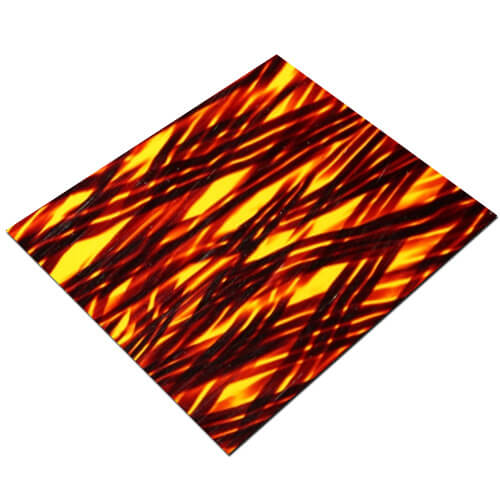
Contact us team
If you are interested in our article after reading it, please do not hesitate to send us an email to express your thoughts.

